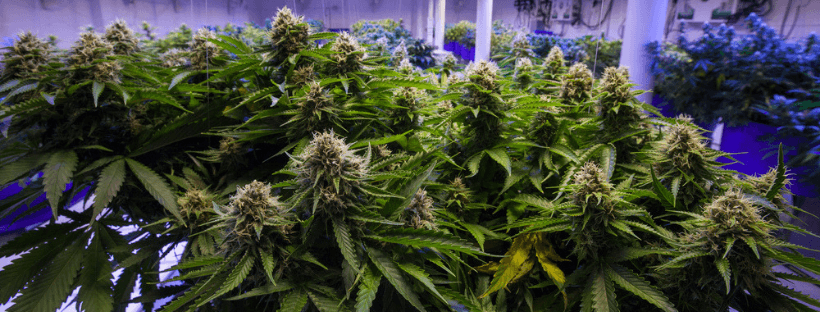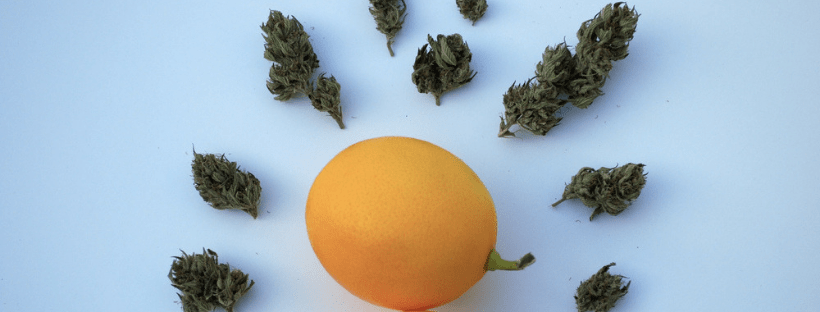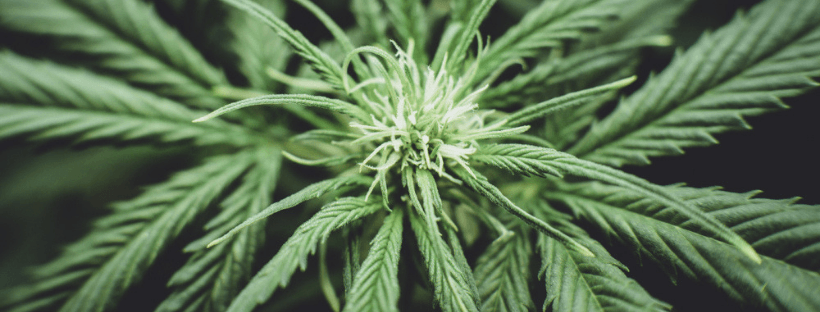What Are Terpenes?
The legislation of marijuana in Canada has made it easier than ever for any Canuck to become a cannabis connoisseur. Wineries aren’t the only place where you can take a sniff and brag to all of your friends about what you can smell.
But what creates those smells anyway? What makes different strains of weed take on different dank scents?
The answer lies in the types of terpenes produced in each strain. In this blog post, we’ll go over the basics of terpenes and how you can use them to pick out the best strain of marijuana for your needs.
Terpenes: The Basics
So what are terpenes?
Terpenes are chemical compounds that are produced by plants and some animals as a defense mechanism. They produce certain odours that fend off predators (some terpenes produce odours that attract the predators of the plant’s predators.) While humans don’t need to rub themselves in linalool and other terpenes to protect from predators, we have found many amazing uses for these chemical compounds. Certain terpenes have antibacterial qualities, and others can have medicinal effects, including the ability to fight cancer cells or prevent seizures.
Different combinations of terpenes create the base of essential oils within plants and flowers. Many medicinal plants, including cannabis, attribute their smells and other effects to terpenes. Take a look at the ingredients of cosmetic products or natural medicines. You may be surprised to see a few different types of terpenes listed on the bottle.
But we’re not here to talk about cosmetics. Let’s zoom in on how they affect our consumption of cannabis.

Cannabis and Terpenes
All plants produce terpenes; scientists have identified several hundred types of terpenes throughout the plant kingdom. Cannabis alone produces over 100 different types of terpenes. Not all cannabis strains produce the same types of terpenes. This is how scientists can identify and differentiate different strains of cannabis.
How can you tell what types of terpenes are more present in your cannabis? You can make your best guess by giving your bud a big whiff. Strains that have a more citrusy smell are likely to be high in limonene; a more woodsy scent may be the result of high levels of pinene.
Terpene levels may also produce different physical or mental effects. The “couch lock” or dreamy haze you feel from certain strains may come from different levels of terpenes.
The more you learn about terpenes, the more you can enhance your cannabis experience. For example, the terpenes you find in your Blue Dream strain can also be found in plants and herbs like lemongrass and mangos. You can create a whole menu with foods, drinks, or essential oils that complement the strains you are smoking and provide you with the smells and effects that you want.
Different Types of Terpenes
We’re not going to go over all of the different types of terpenes present in cannabis – after all, there are several hundred. But we will zoom in on a handful that appear in the most popular cannabis strains. These are the terpenes that you can throw around at a growery to sound smart. (You’re welcome.)
Limonene
Found in: Hindu Kush, Strawberry Banana
Limonene is an easy terpene to remember. It smells like lemons! The citrusy scent of limonene, alongside its anti-bacterial and anti-fungal properties, makes it a very popular terpene. Limonene is present in citrus fruits and a lot of household cleaning products. Peel open an orange to accompany a few puffs of Hindu Kush.

Pinene
Found in: Pineapple, AK-47
Like limonene, pinene is an easy terpene to remember. Pinene is highly present in pine trees and produces a woodsy smell. This terpene also gives consumers a high level of alertness.
Linalool
Found in: Sour Diesel, Locomotion
Want something that will quiet the mind and body? Choose strains that have a high level of linalool. Linalool produces a floral scent similar to lavender. Like lavender, linalool is used to calm and sedate the mind. The terpene also has anti-anxiety and pain-relieving properties.
Myrcene
Found in: Blue Dream, Sour Diesel
Myrcene has a berry scent and is present in some of the world’s most popular indicas. High levels of myrcene may produce the “couch lock” body high that keeps you calm at the end of a long day. Patients who use cannabis to treat different types of chronic pain may also choose to consume strains with high levels of myrcene; the terpene has anti-inflammatory and pain-relieving qualities.
Humulene
Found in: Death Star, Gorilla Glue #4
While many strains of cannabis bring on “the munchies,” strains with high levels of humulene may be used as an appetite suppressant. Humulene has a woody and earthy smell. Users may also choose strains high in humulene due to its pain-relieving properties.
Caryophyllene
Found in: Northern Lights, Death Star
Prefer your strains to smell more like spices? Look out for options that are high in caryophyllene. This terpene produces woody smells that are similar to cloves or peppers. Caryophyllene is a great choice for people who use marijuana to combat anxiety and depression.

Terpinolene
Found in: Dutch Treat, Sour Tangie
Terpinolene is a strain most known for its anti-insomniac qualities. It is not as common as say, linalool or pinene, but can be found in many strains that are used recreationally and medicinally. Strains high in terpinolene tend to have a more floral or herbal scent.
Enjoy Experimenting With Your New Knowledge of Terpenes
You might have noticed that some strains have high levels of multiple terpenes. Each strain is made up of a “cocktail” of terpenes that interact in different ways. You can find detailed information about the types of terpenes in popular strains on websites like Leafly.
Scientists are already starting to look at how terpenes can be isolated and added to create more powerful strains, but you can do a little bit of experimenting of your own.
People may experience terpenes and strains differently. Mix and match strains that contain different combinations of terpenes. Keep track of the strains you try, what terpenes are highly present in each strain, and how you feel. You will probably be able to see connections between terpenes and the strains that you like best.
Enjoy!











